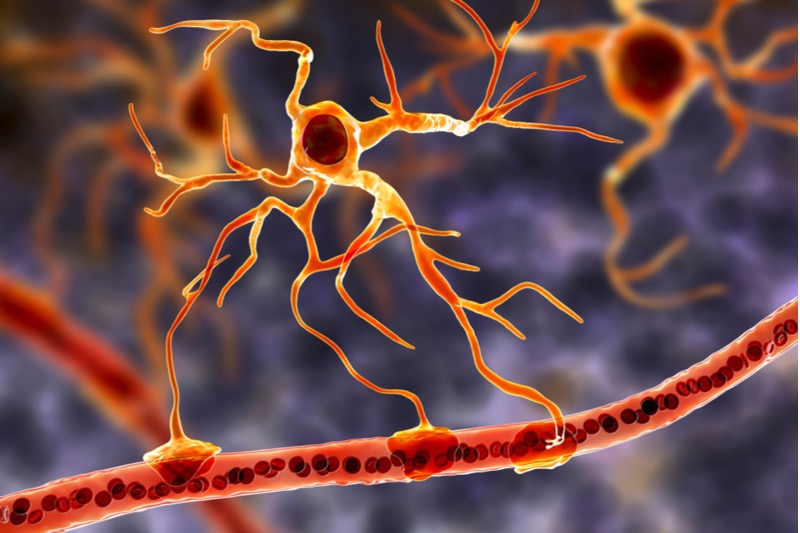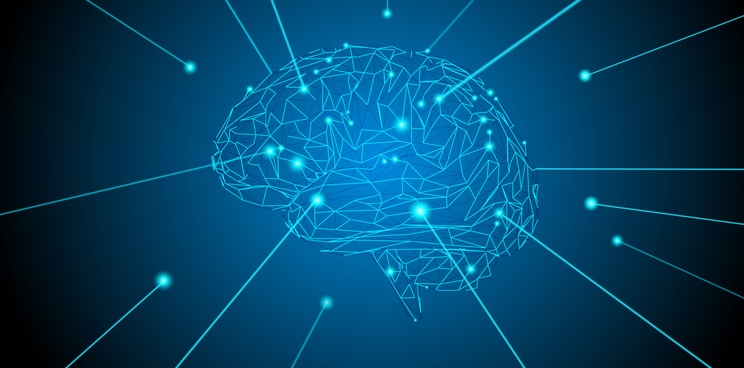Newsletter Signup - Under Article / In Page
"*" indicates required fields
A project has launched with a €3.6M grant to treat neurological conditions such as Alzheimer’s and Huntington’s disease by making brain cells controllable with red light.
There are currently no treatments approved that can slow the progression of neurodegenerative conditions, including Alzheimer’s and Huntington’s disease. Treatments approved to alleviate the symptoms only help a small number of early-stage patients. The NEUROPA project — launched last month with a Horizon 2020 grant of €3.6M — aims to change this situation. It will do this by boosting the cognition of patients using light in an emerging field called ‘phytoptogenetics’.
Phytoptogenetics is a form of optogenetics, which is where viral vectors carry genetic instructions for making light-sensitive protein ‘switches’ called channelrhodopsins. The specific neurons expressing these proteins can then be controlled using beams of blue and green light. Unlike optogenetics, phytoptogenetics uses proteins called phytochromes, which are controlled by red and infra-red light. Red and infra-red light is better at penetrating the skull and brain tissue than blue and green light, so phytochromes allow a non-invasive method for controlling neurons.
The academic and industrial partners in the three-year NEUROPA project include photonics, viral vector, and medical imaging experts from the UK, Spain, Germany, France, and Hungary. They aim to express phytochrome switches in specific neurons close to the surface of the brain of Alzheimer’s patients. Using a laser in a hospital, the group can then control the neurons and boost cognition. At the same time, the team will be able to monitor the activity of the brain cells non-invasively using a shoebox-sized spectrometer.

“There is an enormous human toll of brain disorders in Europe, with an estimated 83 million people affected,” stated Edik Rafailov, Coordinator of the NEUROPA project and Professor of Photonics at Aston University, UK. “Through NEUROPA, we hope to bring a transformative approach to address this great societal and healthcare challenge.”
According to Derek McKenzie, Director at DLM Consultancy Services, and part of the EU project, the group aims to prove that the technology is feasible in mice by the end of three years. It will take up to five years after that to test it in humans for the first time, and they expect it to enter the market in around 15 years, if all goes to plan.
There are already techniques in the market to treat neurological conditions by directly controlling brain activity. For example, deep brain stimulation — where patients are implanted with wire electrodes in their brains, also known as DBS — is used to treat some symptoms of Parkinson’s disease. Unlike these other techniques, the project aims to target specific brain networks, rather than individual brain regions or cells.
“We are focused on the knowledge that major brain disorders involve dysfunction in specific networks comprising cortical and subcortical loops that we can reach more easily than other means,” McKenzie told me.
While we have a long wait before this technology can reach humans, it could herald a new era where brain disorders like Alzheimer’s disease are treated with pinpoint precision, rather than the blunter therapeutic effects that traditional neurological drugs provide.
Images from Shutterstock






